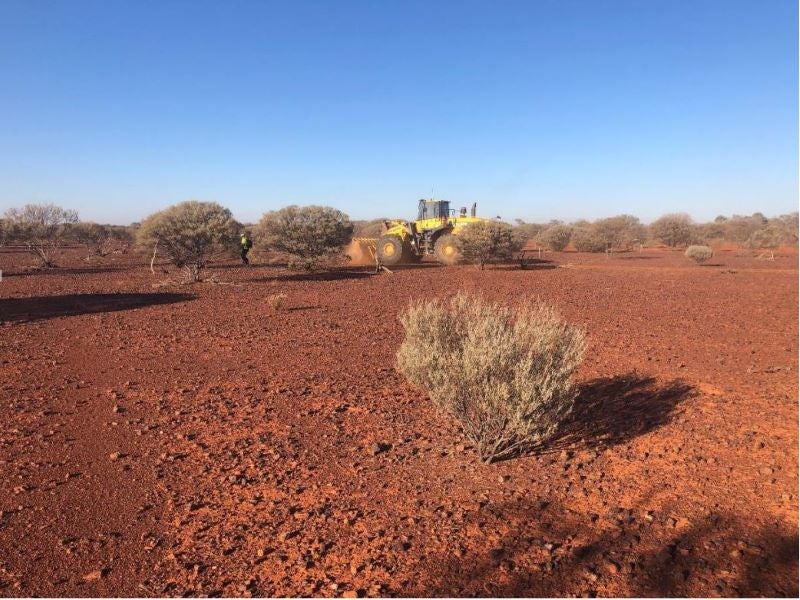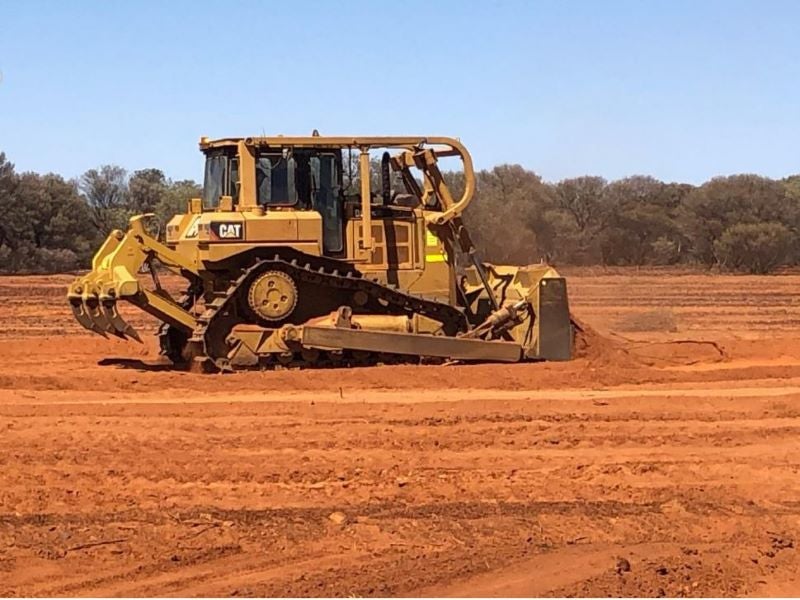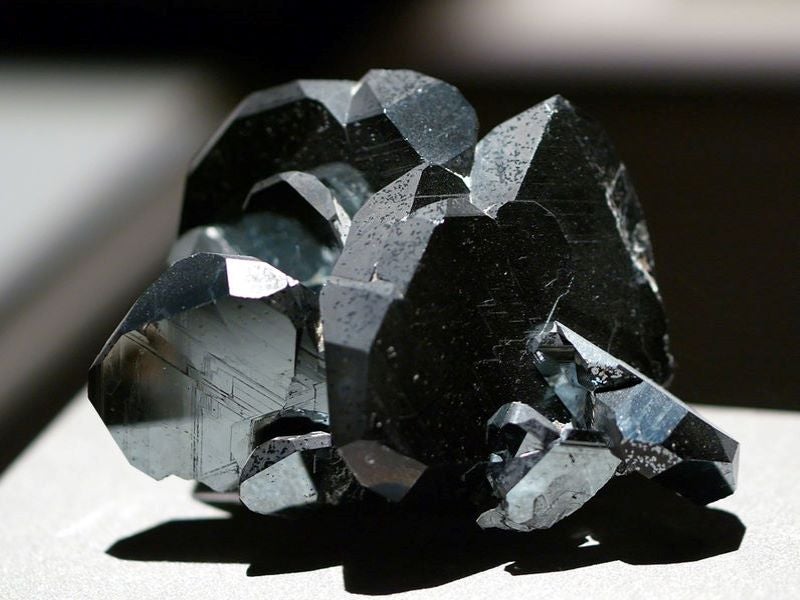The Iron Ridge project is a direct-shipping (DS) iron ore project being developed by Fenix Resources in Western Australia.
The drilling programme for the Iron Ridge open-pit iron ore project was started in December 2018, while a feasibility study was completed in November 2019, followed by the approval of the mining proposal in August 2020.
Fenix Resources announced a final investment decision (FID) on the project in September 2020. The Western Australian Department of Mines, Industry Regulation and Safety (DMIRS) also approved the project management plan and the clearing permit for the mine in the same month.
The construction works were started in September 2020, and the project is expected to commence production in 2021.
The project is estimated to produce approximately 1.25 million tonnes (Mt) of direct-shipping iron ore annually over an estimated initial mine life of 6.5 years.
Project location and geology
The Iron Ridge iron ore project is located in the Murchison region of Western Australia, approximately 600km north-northeast of Perth and approximately 67 km north-east of Cue. It comprises the mining lease M20/118 which is fully held by Prometheus Mining, a wholly-owned subsidiary of Fenix Resources.
The Iron Ridge deposit is situated in an Archaean aged granite-greenstone terrain of the Yilgam Craton. The regional geography features metabasalts that are characterised mainly by the dolerictic formations as well as the minor basaltic and gabbroic formations.
Mineralisation and reserves
Mineralisation at the Iron Ridge deposit comprises a mixture of banded hematite and martite. The Mineralisation zone starts at the surface, plunges south-west along the strike, and continues to a depth of 230m below the surface.
The Iron Ridge project was estimated to hold 7.76 million tonnes (Mt) of proven and probable ore reserves containing 63.9% iron (Fe). The indicated and inferred mineral resources were estimated to be 10.5Mt containing 64.2% iron (Fe).
Mining methods and ore processing
The Iron Ridge project will consist of a single open-pit mine with conventional drill blast, load, and haul operations utilising excavators and trucks. The open-pit is estimated to have a maximum depth of 155m from the surface. The mining will be carried out in 10m benches with each bench to be mined in three flitches.
Drilling and blasting operations will be carried out using a top hammer drill rig and ammonium nitrate/fuel oil (ANFO) explosives. The ore and waste rock will be transported to the run-of-mine (ROM) pad and wasted dump by a fleet of 100t trucks. Approximately 8Mt of high-grade hematite will be extracted over the 6.5-year life of mine.
The ore has low deleterious elements that are well within acceptable limits due to which beneficiation is not required. Ore from the ROM pad will undergo two-stage crushing in a mobile modular processing plant. The crushed ore will then be introduced into a multi-deck screen separator to separate the lumps from the fines.
The fine ground ores will be transported by trucks to a storage facility at the port of Geraldton for shipping. The Geraldton Port is located approximately 350km south-west of the mine site.
Infrastructure facilities
The Iron Ridge project is accessible via the Great Northern Highway connecting Cue, from where a sealed Beringarra-Cue road connects to the Glen Station. The project site is connected to the Glen Station via 10km of unsealed tracks.
A mining camp with the capacity of providing accommodation for 82 workers is proposed to be built at the mining site.
Partners involved
Fenix Resources entered into a joint venture (JV) partnership with Newhaul in May 2019 for the transportation of ores to the port of Geraldton. A joint cooperation agreement was signed in the same month with Mid-West Port Authority for the use of the storage facility at Geraldton.
The feasibility study for the project was completed with the support of consultants including CSA Global that provided resource estimation, Mining Plus that provided the mine design and schedule services.
Peter O’ Bryant & Associates provided geotechnical assessment, while HFC Mining was engaged for the engineering services, and MACA provided consulting services for the mining operations.





